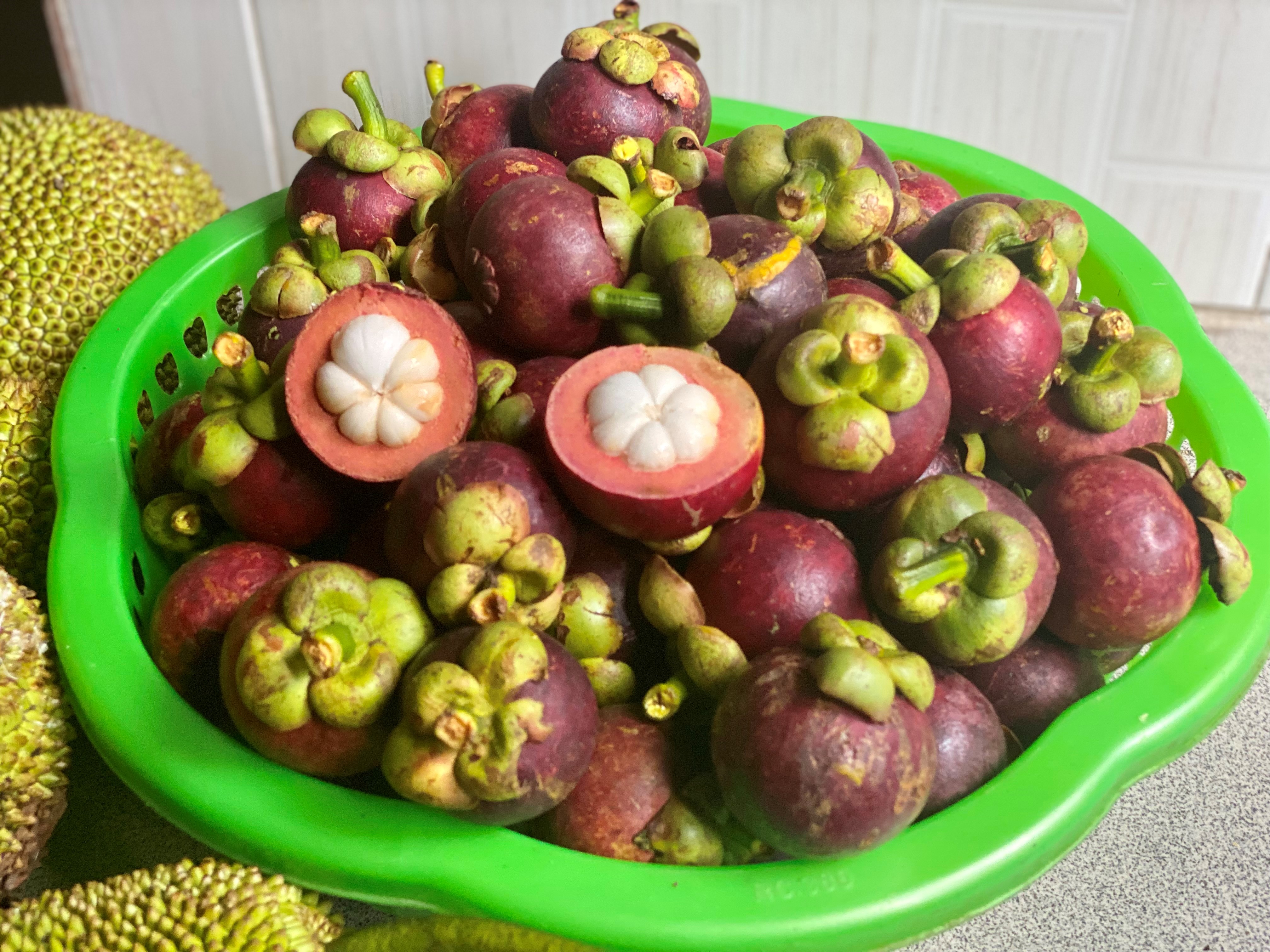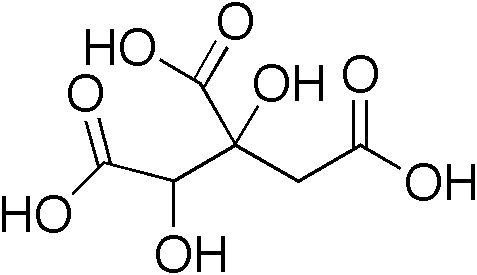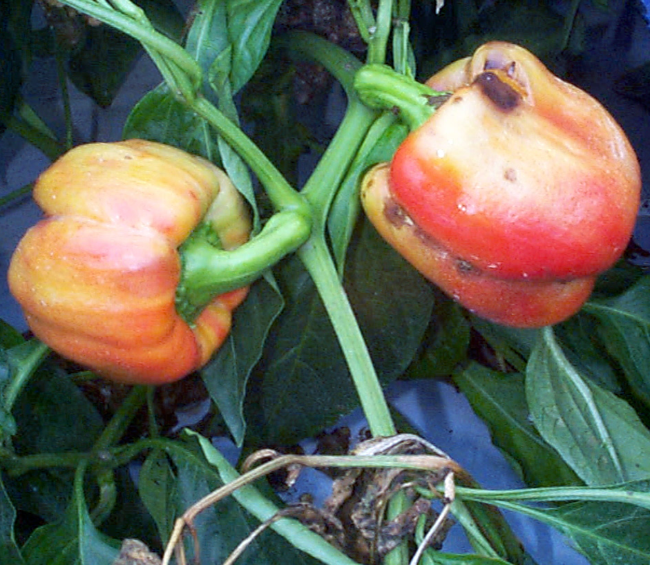|
Mangosteen
Mangosteen (''Garcinia mangostana''), also known as the purple mangosteen, is a tropical evergreen tree with edible fruit native to Island Southeast Asia, from the Malay Peninsula to Borneo. It has been cultivated extensively in tropical Asia since ancient times. It is grown mainly in Southeast Asia, southwest India and other tropical areas such as Colombia, Puerto Rico and Florida, where the tree has been introduced. The tree grows from tall. The fruit of the mangosteen is sweet and tangy, juicy, somewhat fibrous, with fluid-filled vesicles ( like the flesh of citrus fruits), with an inedible, deep reddish-purple colored rind ( exocarp) when ripe. In each fruit, the fragrant edible flesh that surrounds each seed is botanically endocarp, i.e., the inner layer of the ovary.Mabberley, D.J. 1997. The plant book: A portable dictionary of the vascular plants. Cambridge University Press, Cambridge. The seeds are of similar size and shape to almonds. Genus '' Garcinia'' also cont ... [...More Info...] [...Related Items...] OR: [Wikipedia] [Google] [Baidu] |
Mangosteen Basket
Mangosteen (''Garcinia mangostana''), also known as the purple mangosteen, is a tropical evergreen tree with edible fruit native to Island Southeast Asia, from the Malay Peninsula to Borneo. It has been cultivated extensively in tropical Asia since ancient times. It is grown mainly in Southeast Asia, southwest India and other tropical areas such as Colombia, Puerto Rico and Florida, where the tree has been introduced. The tree grows from tall. The fruit of the mangosteen is sweet and tangy, juicy, somewhat fibrous, with fluid-filled vesicles (Hesperidium, like the flesh of citrus fruits), with an inedible, deep reddish-purple colored rind (exocarp) when Ripening, ripe. In each fruit, the fragrant edible flesh that surrounds each seed is botanically endocarp, i.e., the inner layer of the Ovary (plants), ovary.Mabberley, D.J. 1997. The plant book: A portable dictionary of the vascular plants. Cambridge University Press, Cambridge. The seeds are of similar size and shape to almon ... [...More Info...] [...Related Items...] OR: [Wikipedia] [Google] [Baidu] |
Garcinia
''Garcinia'' is a genus of flowering plants in the family (biology), family Clusiaceae native to the Sundaland bioregion of Asia, America, Australia, tropical and southern Africa, and Polynesia. The number of species is disputed; Plants of the World Online (POWO) recognise up to 400. Commonly, the plants in this genus are called saptrees, mangosteens (which may also refer specifically to ''Garcinia mangostana''), or garcinias, and is one of several plants known as by the name "monkey fruit". The genus is named after French botanist Laurent Garcin (1683–1751). Trees of many species from this genus tend to grow deep in forested areas where other plants grow nearby. They are threatened by habitat destruction, and at least one species, ''Garcinia cadelliana, G. cadelliana'', from South Andaman Island, is almost or even completely extinct already. Description ''Garcinia'' species are evergreen trees and shrubs, dioecious and in several cases apomictic. Among neotropical ''Garcini ... [...More Info...] [...Related Items...] OR: [Wikipedia] [Google] [Baidu] |
Button Mangosteen
''Garcinia prainiana'', known as the button mangosteen or ''cherapu'' is a species of flowering plant in the family ''Clusiaceae''. Its fruit has a flavor similar to, but distinct from, its cousin, the purple mangosteen, with an interesting taste some have compared to a tangerine, but unlike its cousin it has a tissue-thin skin rather than a hard rind, making it much easier to eat out-of-hand. Also unlike the purple mangosteen, it can be grown in a container. The fruit is cultivated in Southeast Asia, by a few backyard growers in South Florida, and at the Whitman Tropical Fruit Pavilion at Florida's Fairchild Tropical Botanic Garden. It is a native of Malaysia and Thailand Thailand, officially the Kingdom of Thailand and historically known as Siam (the official name until 1939), is a country in Southeast Asia on the Mainland Southeast Asia, Indochinese Peninsula. With a population of almost 66 million, it spa .... The tree is small or medium-sized. It was featured in Mal ... [...More Info...] [...Related Items...] OR: [Wikipedia] [Google] [Baidu] |
Charichuelo
''Garcinia madruno'', the charichuela, is a fruit-producing tree species from the rainforests of Central and South America. The leaves are dark green and leathery. The fruit looks like a shriveled droopy lemon and has a similar rind, so is sometimes called a lemon drop mangosteen. The interior is soft white pulp and has a popular, slightly citrusy taste people have compared to a sweet santol fruit or lemony cotton candy. The species was formerly included in the genus '' Rheedia'', which has since been absorbed into ''Garcinia'', as ''Rheedias'' species are now known as "new world mangosteens". Cultivation ''Garcinia madruno'' is well adapted to a wide variety of soils, tolerating even poor soils or heavy clay. It is a slow grower and takes about 5 to 7 years to fruit. When young, it must be protected from frosts and it will not fruit in cold areas. Distribution The fruit is not very well known outside of South America and a few backyard growers in South Florida Florid ... [...More Info...] [...Related Items...] OR: [Wikipedia] [Google] [Baidu] |
Colombia
Colombia, officially the Republic of Colombia, is a country primarily located in South America with Insular region of Colombia, insular regions in North America. The Colombian mainland is bordered by the Caribbean Sea to the north, Venezuela to the east and northeast, Brazil to the southeast, Peru and Ecuador to the south and southwest, the Pacific Ocean to the west, and Panama to the northwest. Colombia is divided into 32 Departments of Colombia, departments. The Capital District of Bogotá is also the List of cities in Colombia by population, country's largest city hosting the main financial and cultural hub. Other major urban areas include Medellín, Cali, Barranquilla, Cartagena, Colombia, Cartagena, Santa Marta, Cúcuta, Ibagué, Villavicencio and Bucaramanga. It covers an area of 1,141,748 square kilometers (440,831 sq mi) and has a population of around 52 million. Its rich cultural heritage—including language, religion, cuisine, and art—reflects its history as a co ... [...More Info...] [...Related Items...] OR: [Wikipedia] [Google] [Baidu] |
Chlorophyll
Chlorophyll is any of several related green pigments found in cyanobacteria and in the chloroplasts of algae and plants. Its name is derived from the Greek words (, "pale green") and (, "leaf"). Chlorophyll allows plants to absorb energy from light. Those pigments are involved in oxygenic photosynthesis, as opposed to bacteriochlorophylls, related molecules found only in bacteria and involved in anoxygenic photosynthesis. Chlorophylls absorb light most strongly in the blue portion of the electromagnetic spectrum as well as the red portion. Conversely, it is a poor absorber of green and near-green portions of the spectrum. Hence chlorophyll-containing tissues appear green because green light, diffusively reflected by structures like cell walls, is less absorbed. Two types of chlorophyll exist in the photosystems of green plants: chlorophyll ''a'' and ''b''. History Chlorophyll was first isolated and named by Joseph Bienaimé Caventou and Pierre Joseph Pelletier in ... [...More Info...] [...Related Items...] OR: [Wikipedia] [Google] [Baidu] |
Plant Virus
Plant viruses are viruses that have the potential to affect plants. Like all other viruses, plant viruses are obligate intracellular parasites that do not have the molecular machinery to replicate without a host. Plant viruses can be pathogenic to vascular plants ("higher plants"). Many plant viruses are rod-shaped, with protein discs forming a tube surrounding the viral genome; isometric particles are another common structure. They rarely have an envelope. The great majority have an RNA genome, which is usually small and single stranded (ss), but some viruses have double-stranded (ds) RNA, ssDNA or dsDNA genomes. Although plant viruses are not as well understood as their animal counterparts, one plant virus has become very recognizable: '' tobacco mosaic virus'' (TMV), the first virus to be discovered. This and other viruses cause an estimated US$60 billion loss in crop yields worldwide each year. Plant viruses are grouped into 73 genera and 49 families. However, these fi ... [...More Info...] [...Related Items...] OR: [Wikipedia] [Google] [Baidu] |
Infestation
Infestation is the state of being invaded or overrun by pests or parasites. It can also refer to the actual organisms living on or within a host. Terminology In general, the term "infestation" refers to parasitic diseases caused by animals such as arthropods (i.e. mites, ticks, and lice) and worms, but excluding (except) conditions caused by protozoa, fungi, bacteria, and viruses, which are called infections. External and internal Infestations can be classified as either external or internal with regards to the parasites' location in relation to the host. External or ectoparasitic infestation is a condition in which organisms live primarily on the surface of the host (though porocephaliasis can penetrate viscerally) and includes those involving mites, ticks, head lice and bed bugs. An internal (or endoparasitic) infestation is a condition in which organisms live within the host and includes those involving worms (though swimmer's itch stays near the surface). Somet ... [...More Info...] [...Related Items...] OR: [Wikipedia] [Google] [Baidu] |
Astringency
An astringent (sometimes called adstringent) is a chemical that shrinks or constricts body tissues. The word derives from the Latin '' adstringere'', which means "to bind fast". Astringency, the dry, puckering or numbing mouthfeel caused by the tannins in unripe fruits, lets the fruit mature by deterring eating. Tannins, being a kind of polyphenol, bind salivary proteins and make them precipitate and aggregate, producing a rough, "sandpapery", or dry sensation in the mouth. Smoking tobacco is also reported to have an astringent effect. In a scientific study, astringency was still detectable by subjects who had local anesthesia applied to their taste nerves, but not when both these and the trigeminal nerves were disabled. Uses In medicine, astringents cause constriction or contraction of mucous membranes and exposed tissues and are often used internally to reduce discharge of blood serum and mucous secretions. This can happen with a sore throat, hemorrhages, diarrhea, and p ... [...More Info...] [...Related Items...] OR: [Wikipedia] [Google] [Baidu] |
Tannin
Tannins (or tannoids) are a class of astringent, polyphenolic biomolecules that bind to and Precipitation (chemistry), precipitate proteins and various other organic compounds including amino acids and alkaloids. The term ''tannin'' is widely applied to any large polyphenolic compound containing sufficient hydroxyls and other suitable groups (such as carboxyls) to form strong complexes with various macromolecules. The term ''tannin'' (from scientific French ''tannin'', from French ''tan'' "crushed oak bark", ''tanner'' "to tan", cognate with English language, English ''tanning'', Medieval Latin ''tannare'', from Proto-Celtic ''*tannos'' "oak") refers to the abundance of these compounds in oak Bark (botany), bark, which was used in Tanning (leather), tanning animal Hide (skin), hides into leather. The tannin compounds are widely distributed in many species of plants, where they play a role in protection from predation (acting as pesticides) and might help in regulating plant ... [...More Info...] [...Related Items...] OR: [Wikipedia] [Google] [Baidu] |
Xanthonoid
A xanthonoid is a chemical natural phenolic compound formed from the xanthone backbone. Many members of the Clusiaceae The Clusiaceae or Guttiferae Juss. (1789) (''nom. alt. et cons.'' = alternative and valid name) are a family (biology), family of plants including 13 genera and ca 750 species. Several former members of Clusiacae are now placed in Calophyllaceae ... contain xanthonoids. Xanthonoid biosynthesis in cell cultures of '' Hypericum androsaemum'' involves the presence of a benzophenone synthase condensing a molecule of benzoyl-CoA with three malonyl-CoA yielding to 2,4,6-trihydroxybenzophenone. This intermediate is subsequently converted by a benzophenone 3′-hydroxylase, a cytochrome P450 monooxygenase, leading to the formation of 2,3′,4,6-tetrahydroxybenzophenone. Some examples are tomentonone, zeyloxanthonone and calozeyloxanthone isolated from the bark of '' Calophyllum tomentosum'', apetalinone A, B, C and D from '' Calophyllum apetalum'', gaud ... [...More Info...] [...Related Items...] OR: [Wikipedia] [Google] [Baidu] |
Ripening
Ripening is a process in fruits that causes them to become more palatable. In general, fruit becomes sweeter, less green, and softer as it ripens. Even though the acidity of fruit increases as it ripens, the higher acidity level does not make the fruit seem tarter. This effect is attributed to the Brix-Acid Ratio. Climacteric fruits ripen after harvesting and so some fruits for market are picked green (e.g. bananas and tomatoes). Underripe fruits are also fibrous, not as juicy, and have tougher outer flesh than ripe fruits (see Mouth feel). Eating unripe fruit can sometimes lead to stomachache or stomach cramps, and ripeness affects the palatability of fruit. Science 1 Methylcyclopropene is used as a synthetic 127x127px, leftDeveloping fruits produce compounds like alkaloids and tannins. These compounds are antifeedants, meaning that they discourage animals who would eat them while they are still ripening. This mechanism is used to make sure that fruit is not ea ... [...More Info...] [...Related Items...] OR: [Wikipedia] [Google] [Baidu] |





